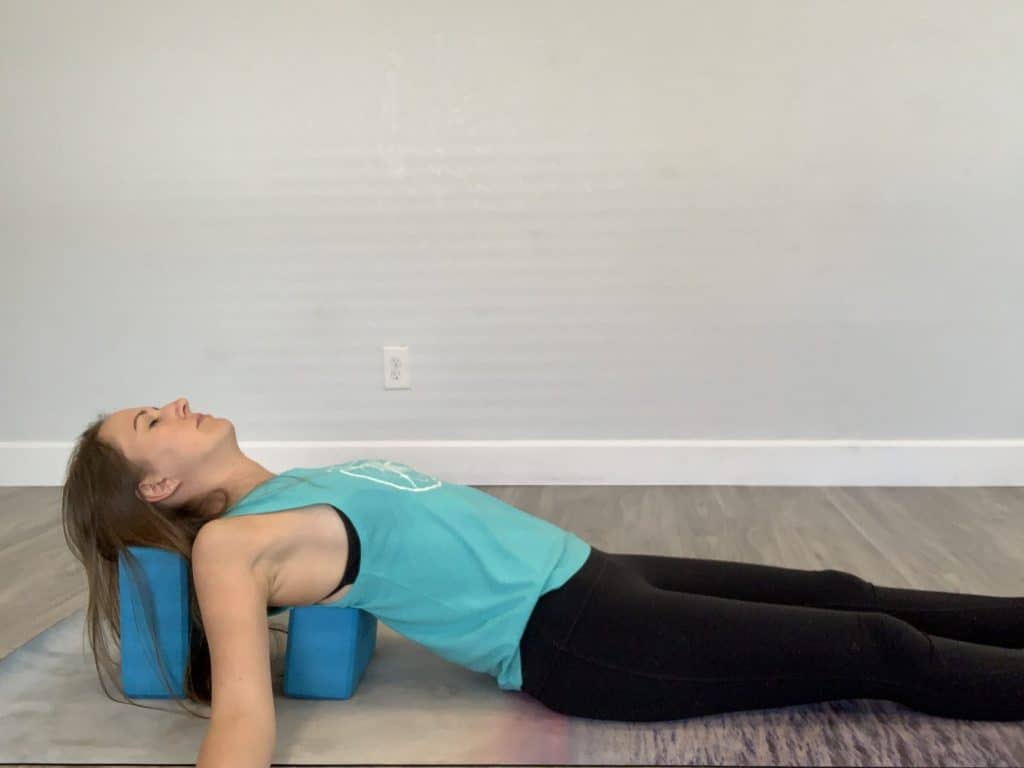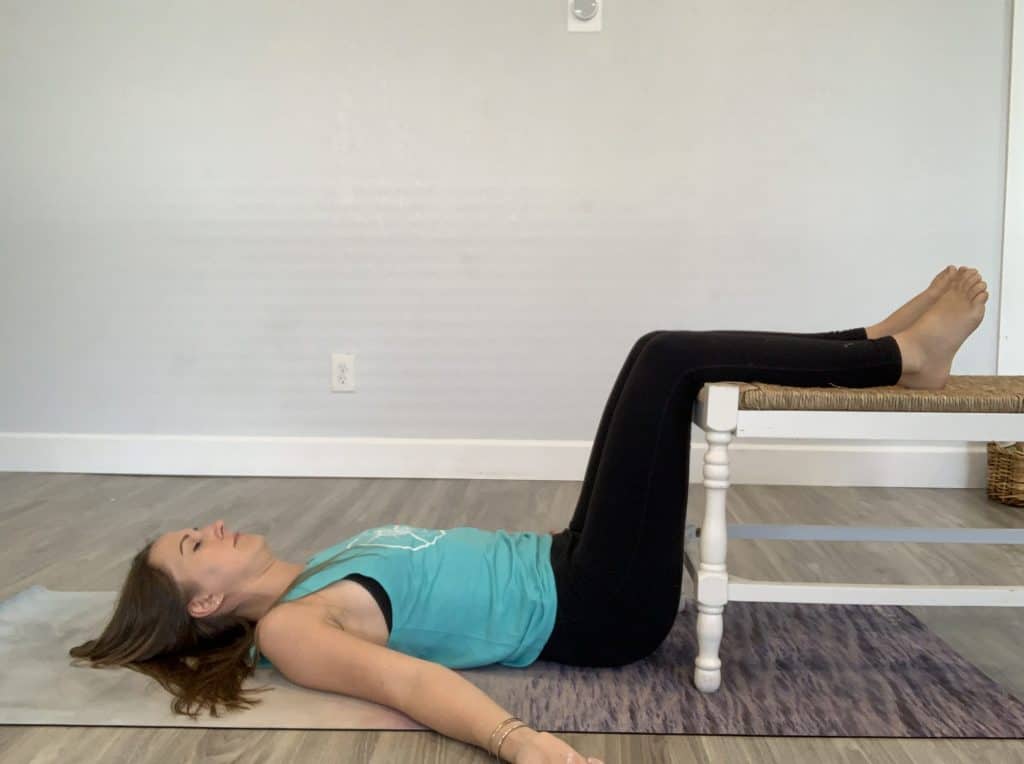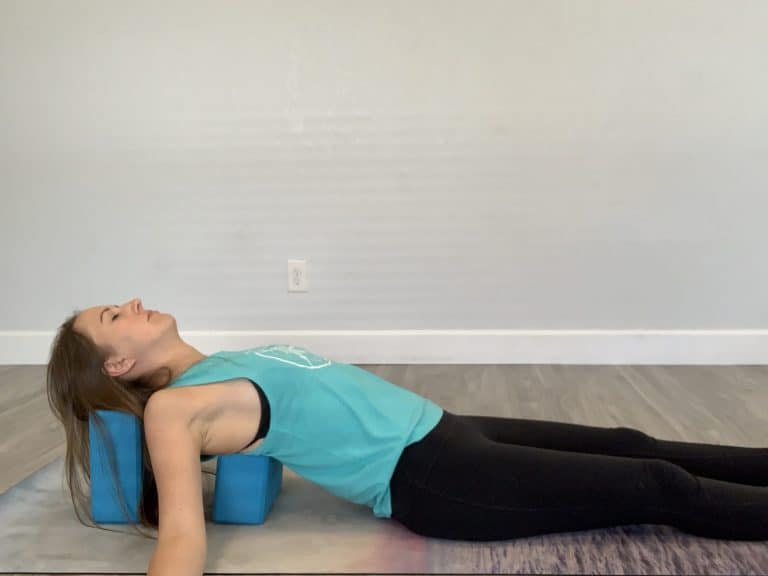Just about every client I work with has some kind of complaint around neck and shoulder pain. This may be headaches, TMJ, neck pain, tight shoulders, aching in the upper back and between the shoulder blades. The good news is that this is relatively simple to fix; the band news is, it just requires — oh, you know — completely retraining some of your most ingrained postural habits.
What Causes Neck and Shoulder Pain?
Neck and shoulder pain is caused by a few different things, and usually, several of these things at once:
- Lifting/squeezing the shoulders up when we’re stressed or tense. Additionally, once we’ve created this pattern, we often also hike the shoulders up when exercising or carrying things, which can lead to more severe injuries, like rotator cuff damage, herniated discs, etc.
- Pulling/tugging the shoulders down when we’re trying to have “better” posture. You might notice you have the pattern described above — or you were just raised by someone strict about posture — and be constantly reminding yourself to pull your shoulders down and back. When a muscle is being continuously over-lengthened, it moves into a self-protective pattern (because it doesn’t want to be strained or torn) and freezes or restricts. This can also make the shoulders feel tight or “crunchy.”
- Rounding the shoulders forward when sitting at a desk, driving a car, using your iPhone, or performing precise tasks like sewing, painting, or tinkering. While this is a bad habit, we don’t want to exacerbate it by trying to correct it using the technique described above in point 2.
- Shifting the head and neck forward and over-arching through the back of the neck as a results of any or all of the issues already described.
When we’re in the ideal, neutral posture:
- The ribcage is stacked over the hips, not flared forward or rounded in.
- The shoulder blades are neither lifted up or shoved down, but instead, simply rest at neutral.
- The shoulder blades are flat to the rib cage (not rounded forward) and the palms face in toward your sides rather than back behind you.
- The head is stacked over the shoulders and hips instead of out in front of it, and the chin is parallel to the floor.
You may have moved out of this posture for any number of reasons! For example, maybe you were a bookworm kid who was hunched over all the time (Hi! It’s me!). Maybe you work a stressful job at a desk or behind the wheel, or maybe you recently became pregnant or had a baby.
I tend to find that usually clients whose neck and shoulders suddenly start giving them trouble have likely always had these postural habits, but some kind of a lifestyle change, exercise or sport, or other inciting incident brought the issue to the forefront by creating pain or injury.
How to Fix Neck and Shoulder Pain
Again, these fixes are simple but not always easy:
- Move into the neutral posture described above more of the time. A few ideas to make this happen: Move where you put your computer screen and mouse while working, adjust your seat in your car forward so that you’re not reaching/rounding forward to the wheel and add lumbar support, post notes around your house in places you tend to sit or stand for extended times reminding you to find neutral posture.
- Strengthen your upper and mid back. Exercises like rows, pull-down/ups, and back-flies are my favorite. These might not be approachable for you yet, in which case I highly recommend my online studio or Thrive Prenatal Program to work up to these things and/or learn appropriate modifications.
- Stretch your chest and shoulders. A few of my favorite stretches are shown below.

Yoga blocks are ideal for this, but you can use a firm blanket instead. Position one block perpendicular to your body on the middle height at chest height, and a second block on it’s tallest height. Lie back using your hands, so that the first block is directly under your heart and the second is under your head. Let your arms fall out to the sides. If using a blanket, roll up the blanket and lie on it so it is under your heart; you may or may not need a second blanket or pillow for your head. Stay here, breathing diaphragmatically for 3-5 minutes.

If you’d like more guidance to help you figure out which of the habits described above you might have and how to fix them, I’d love to invite you to a no-obligation consultation call. If you love what you learn, you can join me for personal training!


